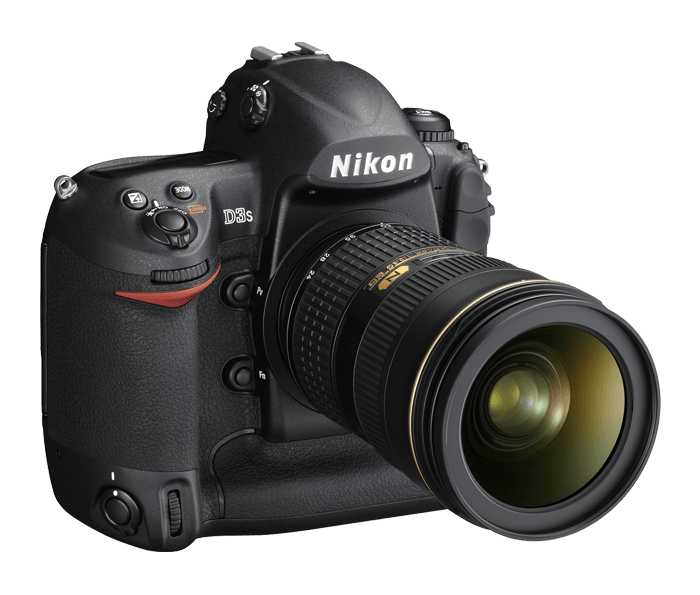

Plus if you compare an OOC Nikon jpg with a View NX raw conversion of the same, they won’t be exact, close, but the contrast profile will be off. Or that Adobe’s Nikon profiles are trash simply because they are not exactly the same is doubly weird. Otherwise, they are both basically useless images as they stand. The idea that Nikon profiles are some sort of perfection is a little weird. If you want to push the exposure that far to the right, then you'll have to at least apply good PP practices and perform some highlight recovery from the raw. The red channel (at least) is pretty grossly blown on both images. So if after you understand this you still want to pass judgement on the overal lcharacteristics of the D3s be my guest. I can't do anything about item 1 but items 2 -4 were deliberately chosen. You adjust a slider and it takes quite a while for the photo to.
#Adobe camera raw nikon d3s pro#
Ive got a 2018 MacBook Pro with 16GB of memory and at times it was painfully slow. However, the biggest disappointment was the speed/performance. I was a little disappointed with the RAW noise control.
#Adobe camera raw nikon d3s iso#
Reddish light illuminating red subjects = instant over saturationĢ) that the raw processor being used Nikon View NX, has limited capabilities compared to Capture NX2, Adobe Camera Raw, or other high quality raw processors and that I did no raw processing or post processing - noi adjust of exposure, no highlight recovery, nothing with one exception: I made sure in View NX that the Picture Style was set to Neutral.ģ) These are sRGB JPEGS, and a small gamut combined with JPEG compression means that similar colors are being crushed together and then compressed further.Ĥ) The point of these posting is not to show other camera characteristics beyond ISO grain / Noise at various ISOs. Compared to Adobe Camera RAW, I can boost shadows quite well. I have little doubt that the D3s noise characteristics are excellent given the resolution.ġ) That the lights, being theatrical lighting, are either arc lighting or 3200K (but the cameras were set to 3200k as the WB), are gelled and in some cases are illuminating red costumes.

My point is that in the real world, you WOULD have to back off on the exposure and deal with the noise. If you think that will exacerbate the noise, you are absolutely correct, but you have to make some tradeoff between DR and noise if you want a usable image. You can reduce the exposure to not blow out the red channel.


 0 kommentar(er)
0 kommentar(er)
